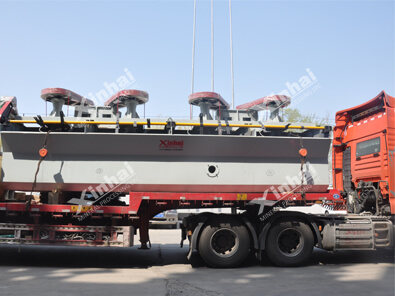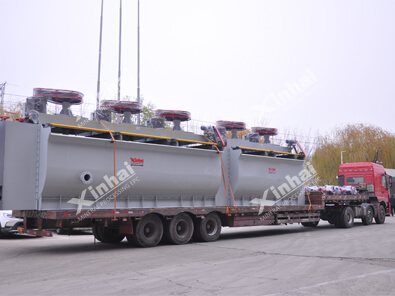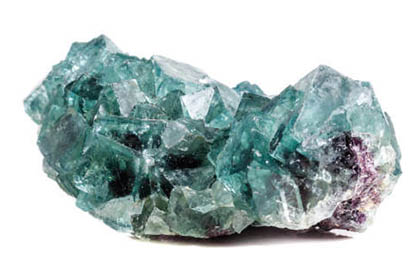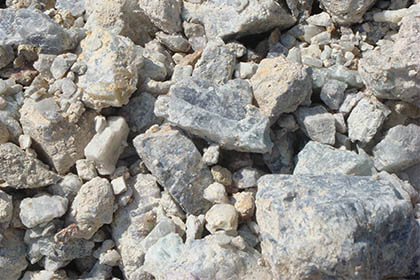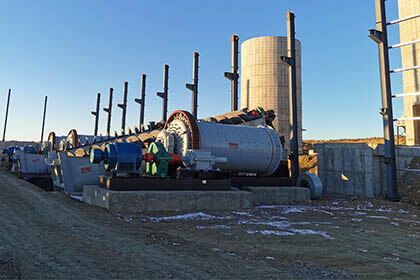How Is Fluorite Processed? A Step-by-Step Guide
 Laura
Laura
 Mar 31, 2025
Mar 31, 2025
 132
132
If you want to know more details about equipment, solutions, etc, please click the button below for free consultation, or leave your requirements!
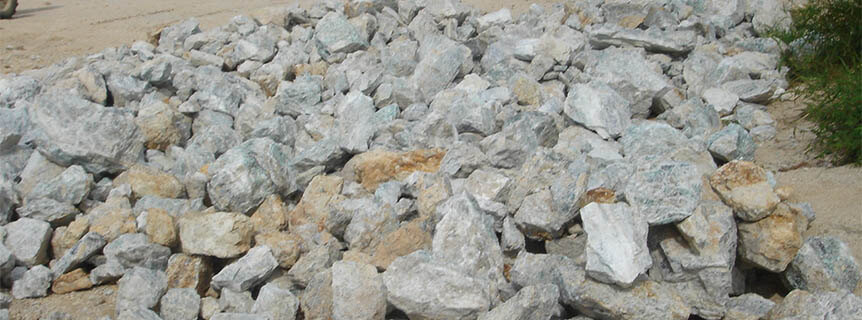
Vietnam fluorite mine
Fluorite, also known as fluorspar, is a colorful mineral used in industries like steelmaking, aluminum production, and chemical manufacturing. But before it can be used, raw fluorite ore must undergo beneficiation—a process that removes impurities and boosts its quality. In this easy-to-understand guide, we'll explain what fluorite beneficiation is, how it works, and why it's essential for modern industries.
01 What Is Fluorite Beneficiation?
BackBeneficiation is the process of improving the purity and value of fluorite ore by removing unwanted minerals (gangue) like quartz, calcite, and sulfides. The goal is to produce a high-grade fluorite concentrate (typically 85–97% CaF₂) that meets industry standards.

Mongolia 800tpd fluorite processing plant
02 Why Is Fluorite Beneficiation Important?
BackIndustrial Demand: High-purity fluorite is critical for making hydrofluoric acid (used in refrigerants) and as a flux in steelmaking.
Economic Value: Purified fluorite sells for $200–$500 per ton, compared to raw ore at $50–$150 per ton.
Environmental Benefits: Efficient beneficiation reduces waste and energy use in downstream processes.
03 How Does Fluorite Beneficiation Work?
BackThe process varies based on the type of fluorite ore but generally includes these steps.
1. Crushing and Grinding
Raw fluorite ore is crushed into small pieces (5–20 mm) and ground into a fine powder.
Goal: Liberate fluorite particles from gangue minerals.
(Learn more about crushing equipment and grinding equipment)
2. Gravity Separation
Uses differences in density to separate fluorite from heavier minerals like barite.
Methods: Spiral chutes, shaking tables, or jigging machines.
(Learn more about gravity separation equipment)
3. Flotation (Most Common Method)
Chemicals are added to make fluorite particles stick to air bubbles.
Steps:
1). Grinding: Ore is mixed with water to form a slurry.
2). Conditioning: Add collectors (fatty acids) to coat fluorite.
3). Froth Flotation: Air bubbles lift fluorite to the surface, separating it from waste.
4). Dewatering: Concentrate is dried into powder or pellets.
(Learn more about flotation equipment)
4. Acid Leaching (For High-Purity Fluorite)
Removes residual calcite or sulfides using sulfuric or hydrochloric acid.
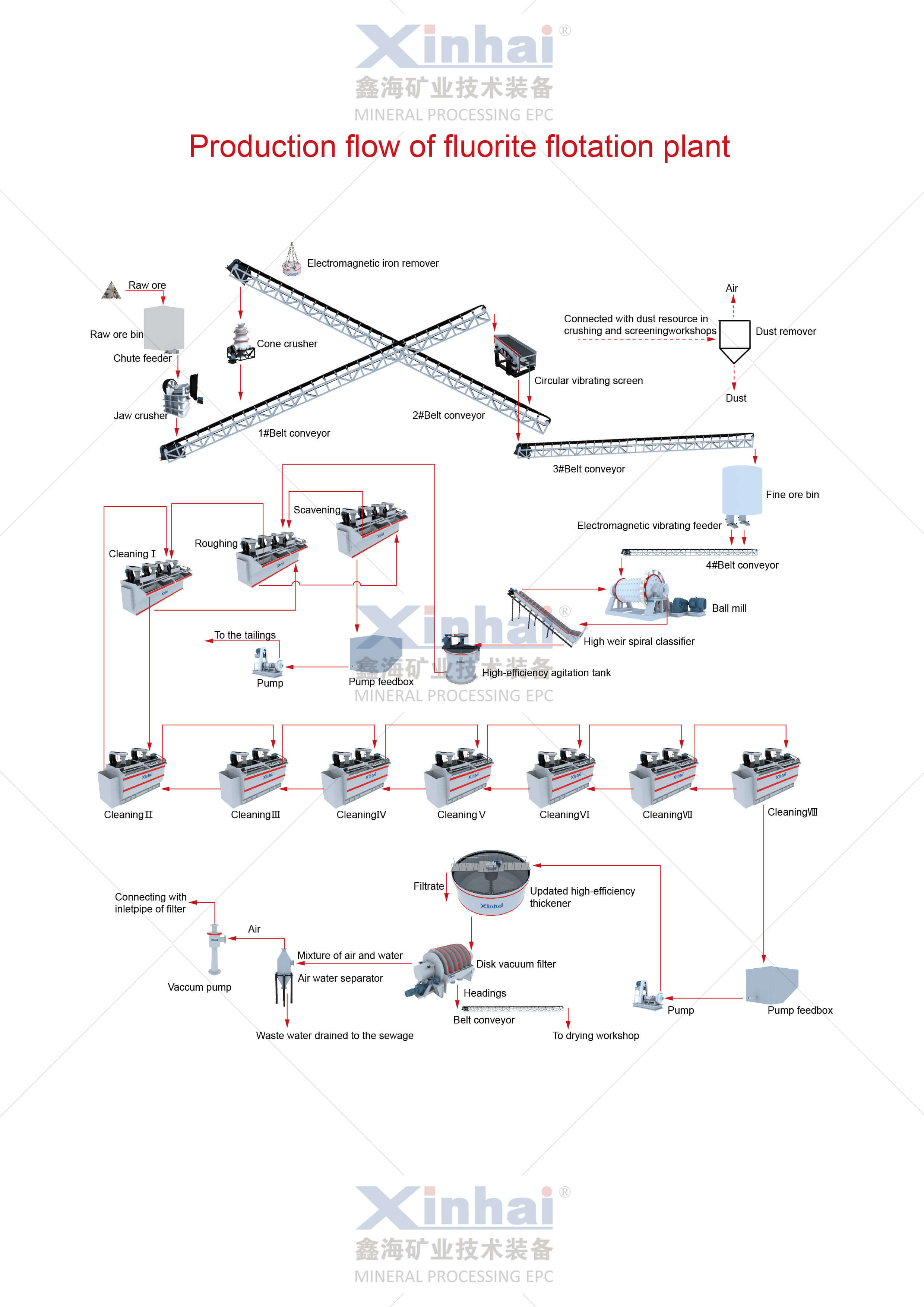
Fluorite flotation plant production flow chart
04 Applications of Processed Fluorite
BackProcessed fluorite has numerous applications:
1. Metallurgy: Used as a flux in steelmaking to lower the melting point of raw materials.
2. Glass and Ceramics: Adds clarity and improves the melting process in glass production.
3. Chemical Industry: Serves as a source of fluorine for producing hydrofluoric acid, which is used in various chemical processes.
4. Dental Products: Fluorite is used in toothpaste and mouth rinses for its dental health benefits.
05 Challenges in Fluorite Beneficiation
Back1. Complex Mineralogy: Some ores contain hard-to-separate minerals like calcite or sulfides.
2. Fine Particle Sizes: Ultra-fine grinding may be needed, increasing costs.
3. Environmental Regulations: Proper disposal of tailings (waste) and chemicals is critical.
06 FAQs About Fluorite Beneficiation
BackQ: What's the difference between fluorite and fluorspar?
A: They're the same! “Fluorspar” is the industrial term for commercial-grade fluorite.
Q: Can all fluorite ores be beneficiated?
A: Most can, but low-grade ores (<40% CaF₂) may not be economically viable.
Q: How much water is used in fluorite flotation?
A: About 3–5 cubic meters per ton of ore—recycling systems help reduce usage.
Q: What happens to waste from beneficiation?
A: Tailings are stored in ponds or reprocessed to recover remaining minerals.
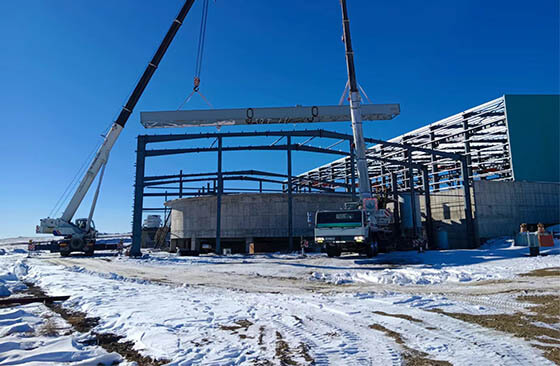
The Mongolian fluorite beneficiation plant is under construction
07Conclusion
BackFluorite beneficiation is a vital process that turns raw ore into a high-value product for industries ranging from metallurgy to chemicals. By using methods like flotation and gravity separation, miners can remove impurities and meet strict quality standards. While challenges like complex ores and environmental concerns exist, advances in technology continue to make this process more efficient and sustainable.
Feel free to contact us and learn more about fluorite beneficiation solutions. Or maybe you can leave a message and we will reply to you soon!
 +86 18716000713
+86 18716000713 xlyin@xinhaimining.net
xlyin@xinhaimining.net



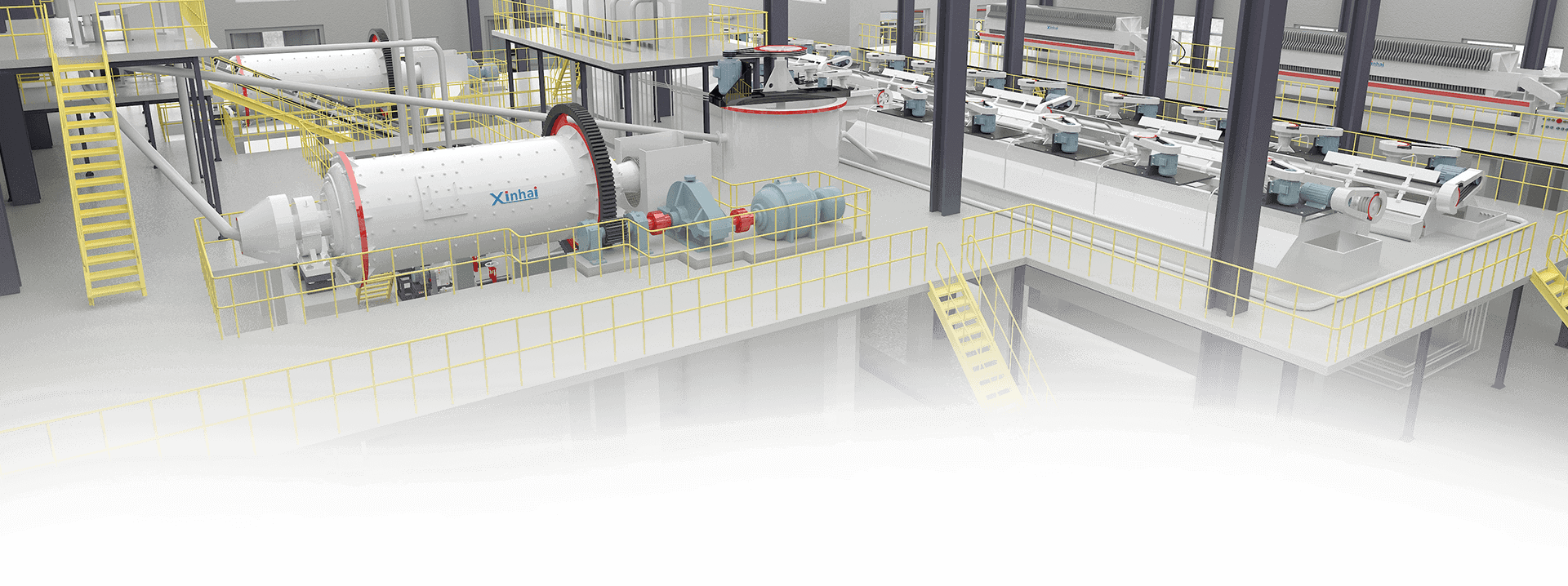
 Message
Message Chat Now
Chat Now


